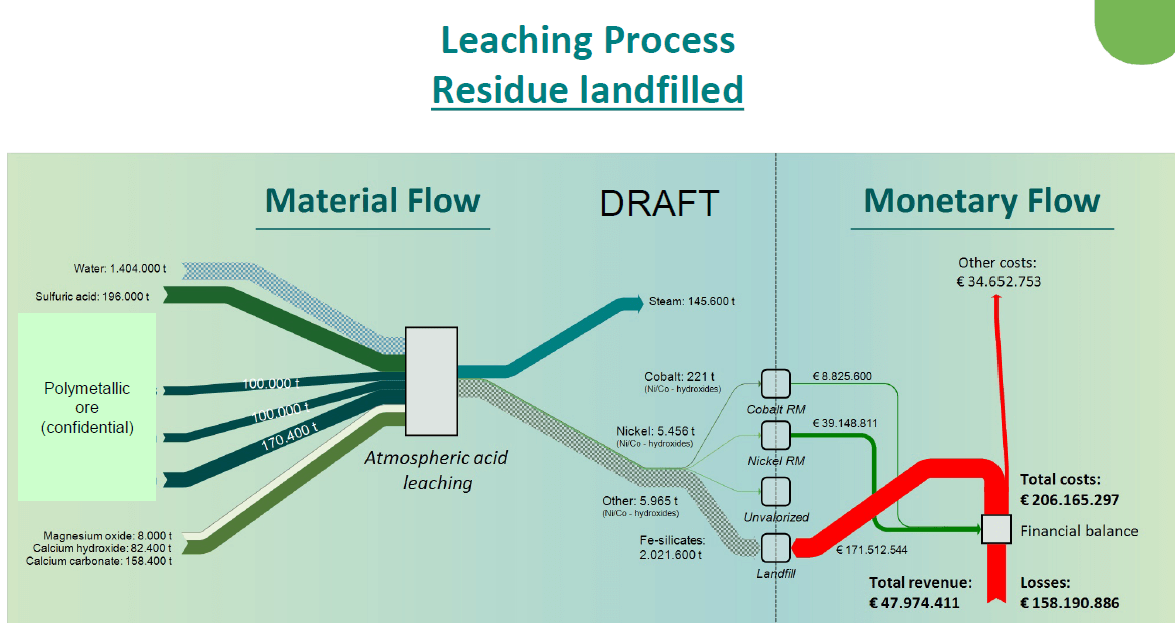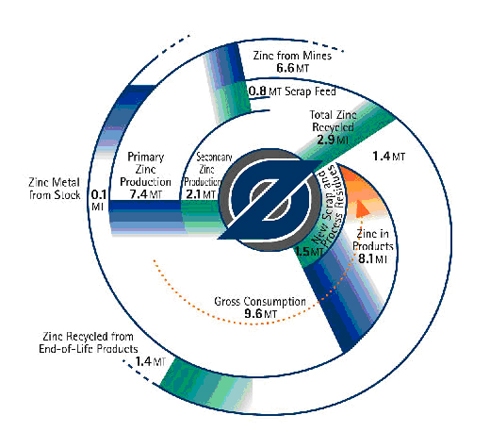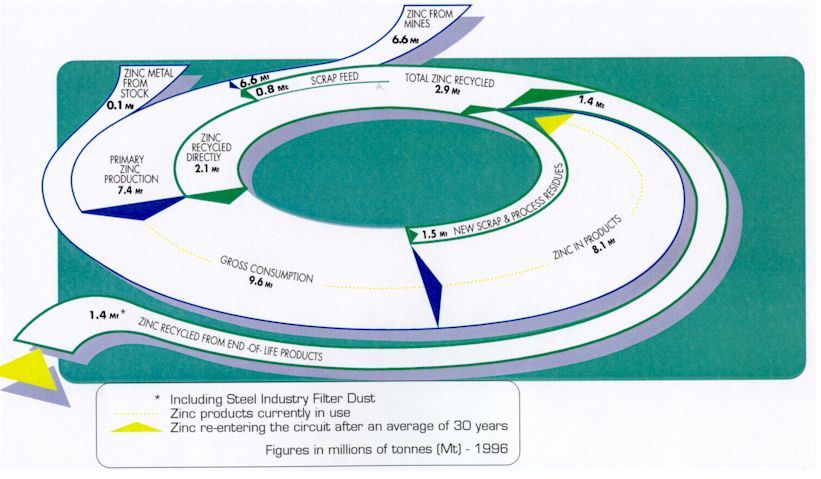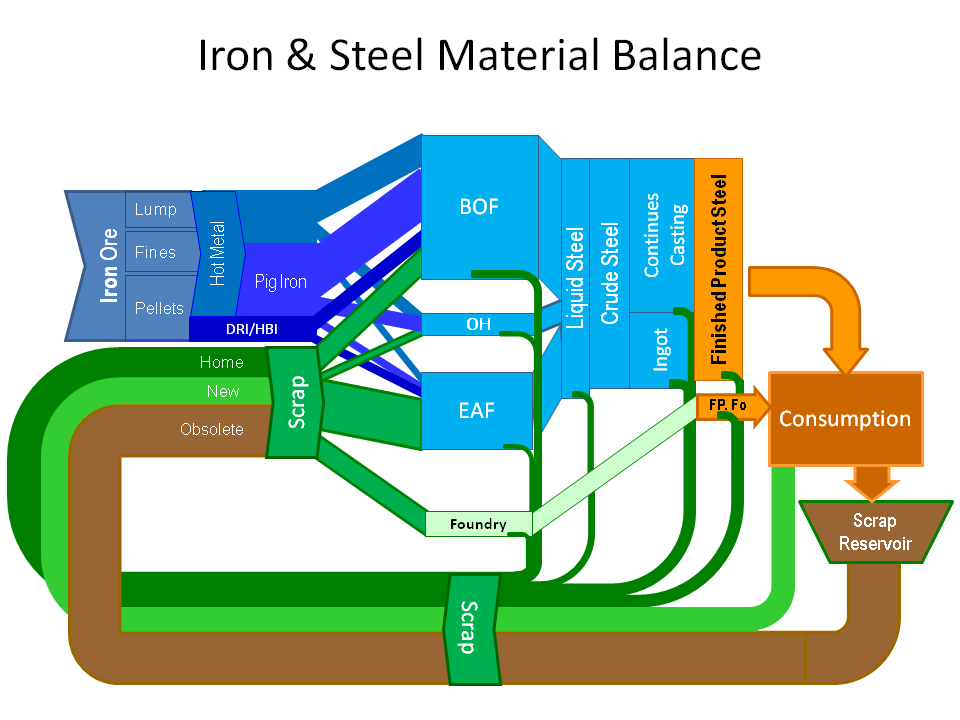A news item reporting on a 2019 workshop on sustainability assessment by Liesbeth Horckmans (VITO) also makes mention of findings in the European research project METGROW+. What caught my eye were two Sankey diagrams from the field of mining and metals production.
(Source METGROW+ Project via Crocodile project news page)
The Sankey diagram is interesting in two ways. First, these are actually two Sankey diagrams, touching each other at the nodes along the dotted ‘cut here’ line. The left part shows material flows in mining and metals production. From the tailings that typically end up on a landfill, nickel and cobalt are recovered. The right part visualizes the value streams linked to metal recovery and and costs associated with the landfill. These “monetary flows” are shown in red (if it is an expense) and in green (if it is a revenue). They run in opposite directions and are connected at the “Financial Balance”.
A second Sankey diagram (not shown here) compares this to a situation, where the Fe silicates typically sent to landfill can actually be “valorised” and fed back into the material cycle. In this case the financial balance can actually show a profit.
The second interesting aspect of this Sankey diagram is the way they handle flows that are out of scale (an issue I am particularly wary about, as some of you might have noticed).
In the mining and metal production process the water quantity being used is threefold the materials quantity, so the water flow would normally be three times the width of all the other flows in the Sankey diagram, if they were to scale. Here, the authors opted instead to mark the flow with a pattern and also use a pastel color to signal that this flow is not to scale.
The same on the output side, where we see the tailings stream (2 million tonnes) that is much much larger than the green recovered metals flows. If you were to draw these flows to scale, the arrow to ‘Landfill’ would be many times wider, and most likely spoil the whole diagram. Instead they opted to draw it in light grey with a moiree pattern. …



